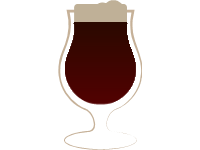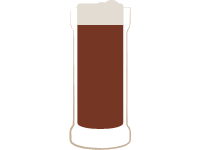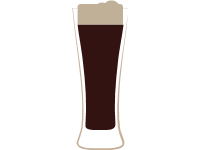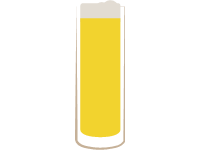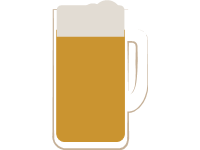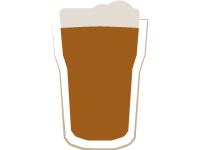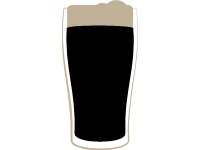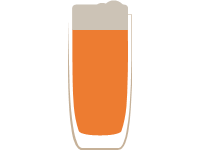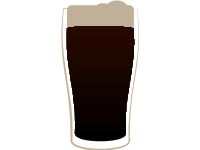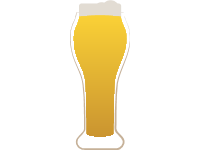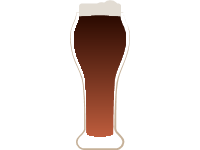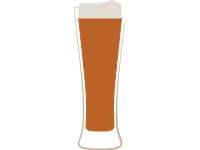Porter is a style of beer that was developed in London, England in the early eighteenth century. It was well-hopped and dark in appearance owing to the use of brown malt.The name originated from its popularity with street and river porters.
The popularity of porter was significant, and it became the first beer style to be brewed across the world, and production had commenced in Ireland, North America, Sweden and Russia by the end of the eighteenth century.
The name 'stout', used for a dark beer, is believed to have come about because strong porters were marketed under such names as 'extra porter', 'double porter', and 'stout porter'. The term stout porter would later be shortened to just stout. For example, Guinness Extra Stout was originally called 'Extra Superior Porter' and was only given the name 'Extra Stout' in 1840. Today, however, there are not many distinctions between stouts and porters, the terms are used by different breweries almost interchangeably to describe dark beers, and the two styles have more in common than in distinction.

